Table Of Contents
 Golden Retriever As Search and Rescue Dogs
Golden Retriever As Search and Rescue Dogs
Search and rescue dogs are the hard-working heroes of disaster relief.
With a sense of smell far more powerful than man's and an ability to probe nooks and crannies that humans cannot penetrate, these dogs find people in even the most difficult situations.
What Exactly Do They Do?
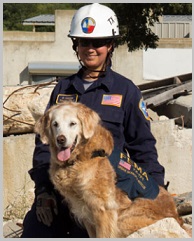
Experts estimate that a single SAR dog can accomplish the work of 20 to 30 human searchers.
It's not just about smell, either.
The dogs' superior hearing and night vision also come into play. Even in cases where victims are presumed dead, dogs are invaluable assets.
They locate the bodies so family members can have closure and give their loved ones a proper burial.
Different Skills For Different Rescues
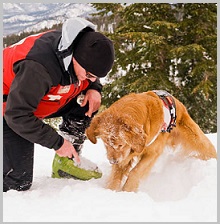
Others are air scent dogs.
Tracking dogs need to smell something which belongs to the missing person. This could be an article of clothing, like a shirt. Then they search for just that smell, with their nose to the ground.
Air scent dogs, on the other hand, work with their nose in the air. They pick up human scent anywhere in the vicinity. They don't need an article to work from or a scent trail. They locate a scent carried in air currents and seek out its origin.
That would be the point of greatest scent concentration. They might be called in to find a missing hiker located "somewhere in the national park."
Air scenting dogs might specialize in a particular type of search:
- Cadaver dogs search for the scent of human remains.
- Water search dogs locate drowning victims even when the bodies are completely submerged.
- Avalanche dogs search for people who are trapped under the snow.
- Urban disaster dogs search for human survivors in buildings that collapsed due to a natural disaster or an act of terrorism.
- A natural disaster could be an earthquake, mudslide, hurricane, typhoon, tornado or flood.
Water search and cadaver dogs are the only types specifically trained to scent for human remains.
But some SAR dogs may be cross-trained to alert for both scents in different ways.
How Do Search and Rescue Dogs Locate People?
People's scents are as unique as fingerprints. Wherever we go, we leave an invisible trail of scent behind us which dogs can easily identify.
You see, we're constantly shedding skin cells. The bigger cells fall to the ground and the smaller particles float in the air.
Dogs can easily smell these microscopic cells, because their sense of smell is about 40 times stronger than ours.
Search dogs can work day or night, in all kinds of weather. They're especially effective where human sight is most limited--in the dark, in dense brush or debris, and in collapsed buildings.
Search and Rescue Dog Training
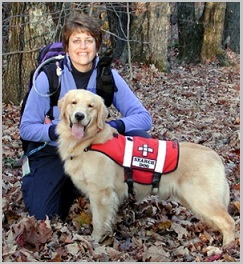
That's the bottom line: associating human scent with something the dog wants very badly, and then teaching him to alert his handler to its location.
Each time the dog completes a task, he gets his reward--a hug, a treat, or playtime with a favorite toy.
Alert is the term used to describe the signal used by the dog to tell the handler he has located the victim or object of the search.
There are several types of alerts:
- Focused bark for a minimum of 30 seconds as he remains with the victim
- Passive alert where he quietly sits down at the location of the find
- Aggressive alert where he digs at the location of his find (especially useful in avalanche search situations)
- Re-find where the dog returns to the handler, barks, then returns to the location of the victim.
SAR dogs learn skills like getting used to climbing different surfaces; walking on shifting rubble; navigating a tunnel; balancing; not being afraid of high places, noisy helicopters or moving vehicles; following the directions of the handler (by verbal and hand signals); learning how to climb ladders; and being able to ignore all distractions.
Training search and rescue dogs can take anywhere from 1 to 3 years. Some SAR dogs are professionals employed by rescue services, but most are volunteers. They are family pets who train and practice regularly with their owners so they can be called out at a moment's notice to help in a rescue effort.
Which Dog Breeds Are Used?
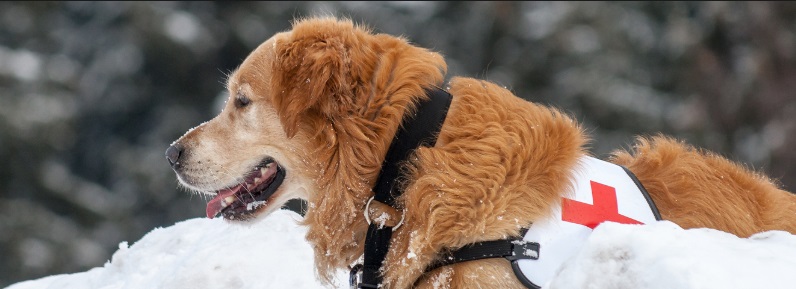
Many rescue dogs actually come from animal shelters because they had too much energy for their original owners.
With their excellent sense of smell, desire to please, and love of people, the Golden Retriever is a natural breed for this heroic activity.
To succeed as a search and rescue worker, a dog must possess certain qualities. He must be intelligent, agile, confident, obedient, adaptable, and have a high level of endurance and persistence.
He must learn to be calm in noisy, stressful and changing situations. He also has to get along well with other dogs and people, as they often travel many miles with other SAR teams to rescue sites.
A good candidate has a high degree of trainability. But a SAR dog who can't think for himself is useless. Air scenting dogs work off-leash, so the handler won't always be nearby to give commands. The ideal search dog can solve problems on his own but is always aware of his handler.
Canine Heroes
We all love a hero, don't we? And search and rescue dogs are some of the biggest heroes of all.
They often go above and beyond the call of duty to save someone, risking their lives in the process. Many people owe their lives to these amazing dogs.
Similar Articles :
1- Golden Retriever Lifespan .
2- Tramadol For Dogs : Dosage and Toxicity.
3- Can Dogs Eat Grapes Or Not?.
4- Golden Retriever Breed Standard.
5- Find Good Golden Retriever Forum.
6- How To Stop Your Dog From Biting .
7- My Dog Ate Chocolate What Should I Do? .
8- Golden Retriever Health Problems Issues.
9- How To Deal With An Golden Retriever Dog.
10- How To HOW TO STOP YOUR DOG FROM BITING.
11- Worming / Deworming Your Golden Retriever Puppies.
12- How To Deal With An Aggressive Golden Retriever Dog.
13-The Rabies Reality : Are Golden Retrievers Susceptible To Rabies
14- The Phases Of Rabies & Preventative Measures For Golden Retrievers
15- How To Remove A Tick From A Dog : Case Of Golden Retrievers
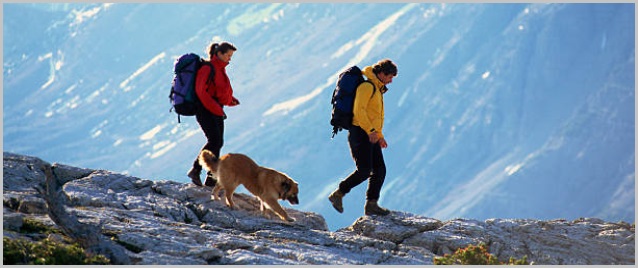 Golden Retriever As Search and Rescue Dogs
Golden Retriever As Search and Rescue Dogs
Golden Retriever dog is my favorite when we talk about search and sercue dogs, That is why I’m asking you to imagine that reality is stranger and more complicated than you or I could possibly know. And sometimes we get glimpses of it, in dreams or in deja vu. #The Golden Retriever Breed needs your help. #Save The Golden Retriever Dogs
I asked you to believe in impossible things. This lovely breed needs your help. #SaveTheGoldenRetrievers
I fall in love with your fantastic content talking about Golden Retriever As Search and Rescue Dogs. An I will be happy to start sharing and spreading your content around.
It’s appropriate time to make some plans for the future and it’s time to be happy. I’ve read this post and if I could I wish to suggest you some interesting things or tips. Perhaps you can write next articles about golden retriever dogs referring to this article. I desire to read more things about it!